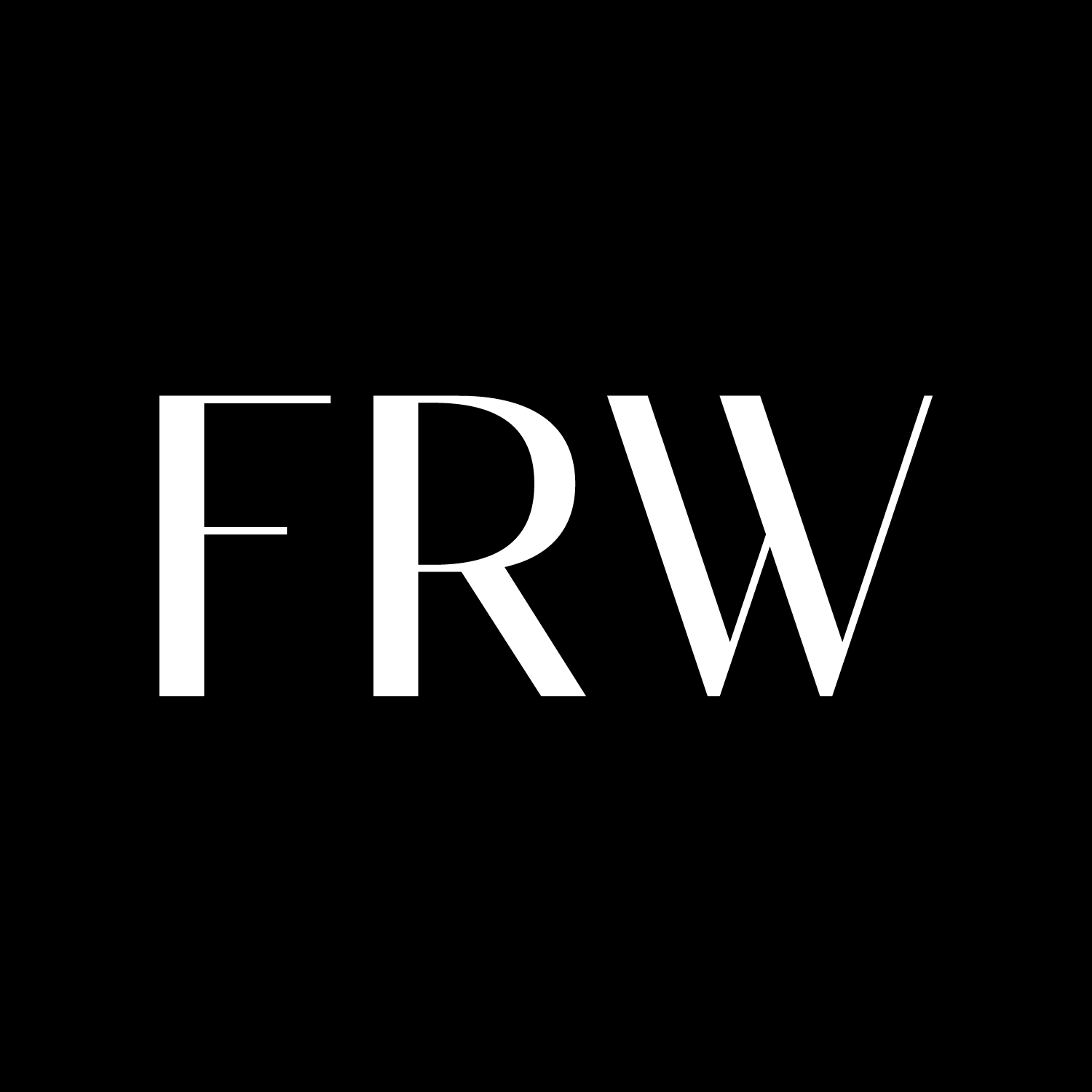To view the full report with charts and graphs go to
http://issuu.com/iwantyourescrow/docs/june2014thewilcoxreport__/0
June 2014 Trends
- June 2014 data shows increase in mortgage purchases. Page 2
- No precedent on how homes are being purchased. Historic Review 2000 through 2014. Pages 4-6
- More conventional loan purchases in June 2014 than June 2013, finally. Page 7
- More purchases with FHA in second quarter 2014 than in 2013. Page 8
- VA purchases surge. At highest numbers this century. Pages 8-9
- Sales from 2000 through 2014. Page 13
- June 2014 new monthly listings drop below last year’s level. Page 14
- Breakdown by city for new monthly listings, sales, median sales price. Pages 17-26
While Overall Sales are Down, Sales with a Mortgage Gain Momentum
Noticeable lower in the first half of 2014 compared to 2013 are the number of sales for existing single family properties in Greater Phoenix. Conspicuously lower are the 4,990 less sales purchased with cash. A majority of cash purchases are by investors. Cash purchases are down because purchase prices went up. Prices went up because distressed inventory went down, way down. The number of cash purchases under $100,000 were 937 in the first six of months of 2014, 3,672 for all of 2013, and 38,620 from 2010 through 2012. Cheap properties are gone. The market is becoming more stable. Home sales are more dependent on mortgages. Mortgages are dependent on job and wage growth.
Not as noticeable, as the decrease in sales, is the increase in the number of sales in which a buyer purchased by qualifying for a mortgage.
Comparing Mortgage Purchases in 2014 to 2013
Even though purchases with a mortgage increased every month in 2014, overall sales took a double hit in the first quarter of 2014 compared to 2013, in that cash purchases were not only down, but also mortgage purchases were down. Mortgage purchases this April and June gained a little momentum and were higher than for the same months in 2013.
When we break out mortgage purchases by conventional loan, FHA insured loan and VA guarantee loan, June 2014 was the first month this year that there were more conventional loan purchases, 98 more, compared to the same month in 2013. FHA purchases were 175 higherthis June than last June. This is most likely due to an increase in purchases by boomerang buyers. Boomerang buyers are those who went through a foreclosure or short sale. The reason many are using FHA financing to purchase is that after going through a foreclosure or short sale, FHA generally has a shorter wait period to obtain financing than does Fannie Mae or Freddie Mac. The FHA three year wait period after a foreclosure is shorter than the Fannie Mae and Freddie Mac seven year wait period. The FHA three year wait period after a short sale is shorter than the Freddie Mac four year wait period. Fannie Mae’s wait period after a short sale goes from a minimum two year period to a four year period on August 16, 2014. Sales with FHA loans will continue to rise as more boomerang buyers enter the home buying market and qualify with the shorter FHA wait period. I spoke with a loan officer who closed a transaction in which the buyer put a $100,000 down payment on a purchase with an FHA loan. This would have been unheard of before the great real estate recession. The buyer went with FHA because they could get a loan today, and not have to wait to qualify under the longer Fannie Mae and Freddie Mac guidelines. For more information on the increasing number ofboomerang buyers that may be eligible to buy with FHA in 2014 in Greater Phoenix go pages 11 and 12 in the following TheWilcoxReport.com https://gcta.com/wp-content/uploads/2014/02/GreatPromiseforGreaterPhoenix-.pdf
The maximum FHA loan amount allowed in Maricopa County (Greater Phoenix) is $271,050. The required FHA down payment is three and one-half percent. So, if a buyer purchases with the maximum loan amount of $271,050 and puts down the required down payment of three and one-half percent or $9,830 in this case, the purchase price will be $280,880. Of course a buyer could purchase a property with FHA financing for more than $280,880 if they put down more than the minimum down payment of three and one-half percent.
Surging are sales with VA loans. In June 2014 there were 425 purchases with VA loans in Greater Phoenix. In reviewing ARMLS data, this is the highest number of VA purchases in a month this century, and the second month in a row with over 400 VA purchases. VA purchases of existing single family properties averaged 4.0% of sales from 2009 through 2012, then 5.7% in 2013, and 7.2% for the first half of 2014. A VA loan does not require a down payment for purchases up to $417,000. Some lenders will allow a VA loan on a purchase price up to $1,000,000. ARMLS data shows in June 2014 eight sales over $500,000 in which there was a VA mortgage. According to the United States of Department of Veteran Affairs, the veteran population in Arizona is 527,400 as of September 30, 2013 http://www.va.gov/vetdata/Veteran_Population.asp
The likely outcome for mortgage purchases in the second half of 2014 should be more FHA and VA loans than the second half of 2013. Purchases with conventional loans in 2014 will struggle to meet 2013 levels.
No Recent Precedent on How Single Family Properties are being Purchased: A Review of 2000 through 2014
Reviewing the first half of 2014 as to how existing single family properties were purchased we find 26% by cash, 42% by conventional loan, 23% by FHA loan, 7% by VA loan and other at 1%. When going back fourteen years to find similar percentages there is no precedent. 2014 Cash purchases of 26% are lower than when they were in 2011, 2012 and 2013, but much higher than the years 2000 through 2008. Conventional loan purchases of 42% are the highest since 2008, but much lower than when they were 77% in 2007. FHA purchases of 23% are higher than in 2012 and 2013, lower than 2009, 2010, 2011, and higher than the years 2000 through 2008. VA purchases of 7% are the highest in fifteen years. To see purchases trends for the fifteen years go to pages 5 and 6.
New Monthly Listings in June 2014 Drop Below June 2013 Level
The number of new listings in June 2014 were 393 less than June 2013. This is the first time this year there were less new listings in a month compared to the same month of last year. See page 14. Overall, there are 63% more listings on the market today than last year at this time. Listings have increased in every price range except below $100,000 and over $10,000,000. See page 15. For a breakdown of new monthly listings for twenty cities in Greater Phoenix go to pages 17-26.



Follow Fletcher